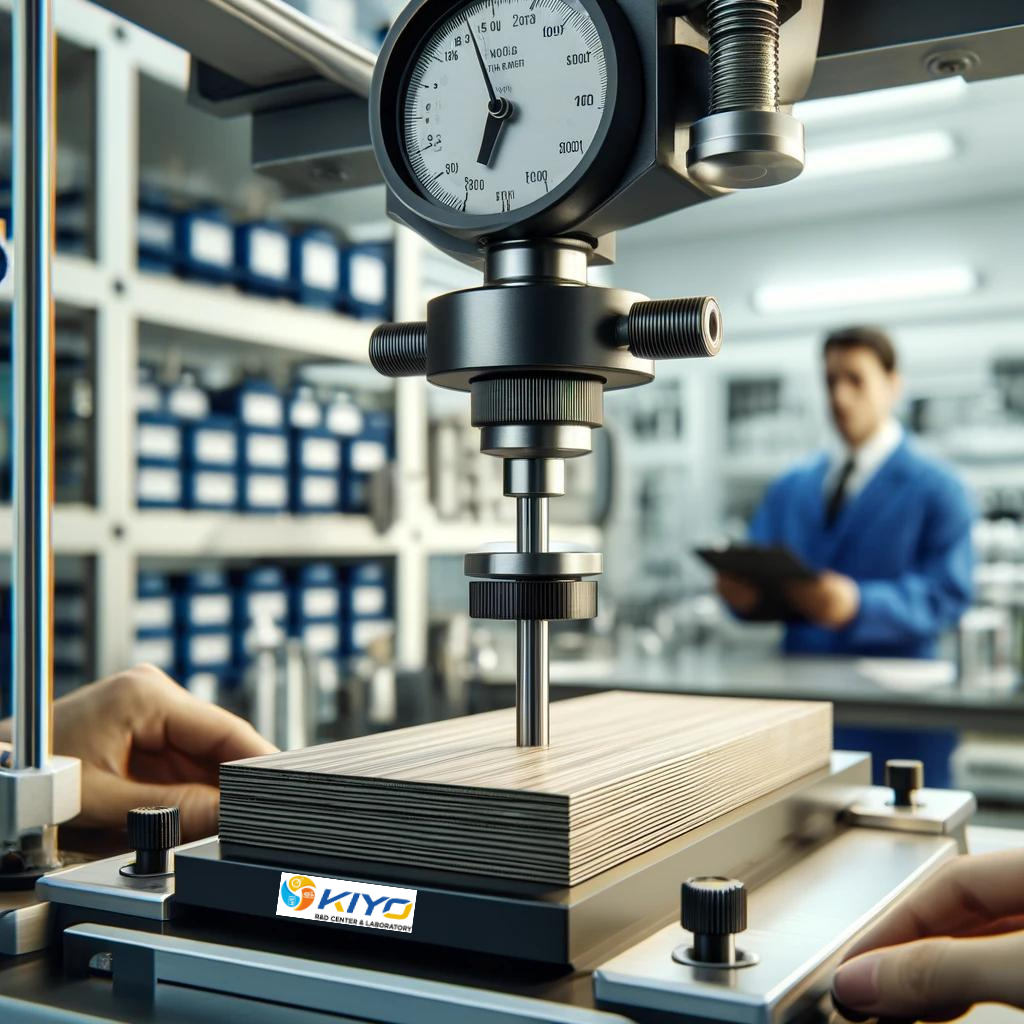Flexural Testing Secrets: The Backbone of Material Performance
Flexural testing is a cornerstone of materials testing, providing critical insights into the strength and flexibility of materials. At Kiyo R&D Center & Laboratory, we specialize in delivering precise and thorough flexural testing services, ensuring that materials meet the highest standards of quality and performance for a wide range of applications.
Flexural testing, often referred to as bend testing, is essential for determining a material’s resistance to deformation under load. This test evaluates the force required to bend a specimen and measures the material’s flexural strength, modulus, and strain. The results from this test are pivotal for understanding how materials will perform under real-world conditions, whether in construction, automotive, or aerospace industries.
At Kiyo R&D Center & Laboratory, our flexural testing procedure is designed to produce accurate and dependable results. Here’s a breakdown of our process:
Sample Preparation: The material sample is meticulously prepared according to standardized dimensions and specifications to ensure consistency and accuracy in the test outcomes.
Test Setup: The prepared sample is placed in the flexural testing machine, supported at both ends. The machine applies a central load, inducing a bending force on the sample.
Loading and Measurement: As the load is applied, the machine records the force and the deflection (bending) experienced by the sample. This data is then used to calculate the material’s flexural strength and modulus.
Data Analysis: Our skilled technicians analyze the data to ascertain the material’s performance characteristics, helping to identify its suitability for specific applications and its overall durability.
Flexural testing is vital for several reasons:
Quality Assurance: It ensures that materials comply with the required strength and flexibility standards, which is crucial for safety and performance in their end-use applications.
Material Development: Manufacturers use flexural testing data to innovate and improve materials, driving advancements across various industries.
Failure Analysis: Understanding material behavior under stress allows for the prediction of potential failure points, facilitating necessary design adjustments to prevent failures.
Achieving precise results in flexural testing involves several key factors:
Proper Sample Preparation: Ensuring samples are free from defects and conform to standardized dimensions is crucial for consistent and accurate results.
Calibrated Equipment: Utilizing well-maintained and calibrated testing machines is essential for obtaining precise measurements.
Expert Technicians: Skilled technicians with deep knowledge of the testing process and material behavior are vital for reliable data analysis.
At Kiyo R&D Center & Laboratory, we are committed to excellence in flexural testing. Our state-of-the-art equipment, experienced team, and stringent testing protocols ensure that we deliver the highest quality results to our clients.
Flexural testing is an essential aspect of materials testing, providing valuable insights into the strength and flexibility of materials. It plays a critical role in quality assurance, material development, and failure analysis. At Kiyo R&D Center & Laboratory, we are dedicated to offering top-tier flexural testing services, helping our clients achieve superior performance and reliability in their materials.

For quotation or visit